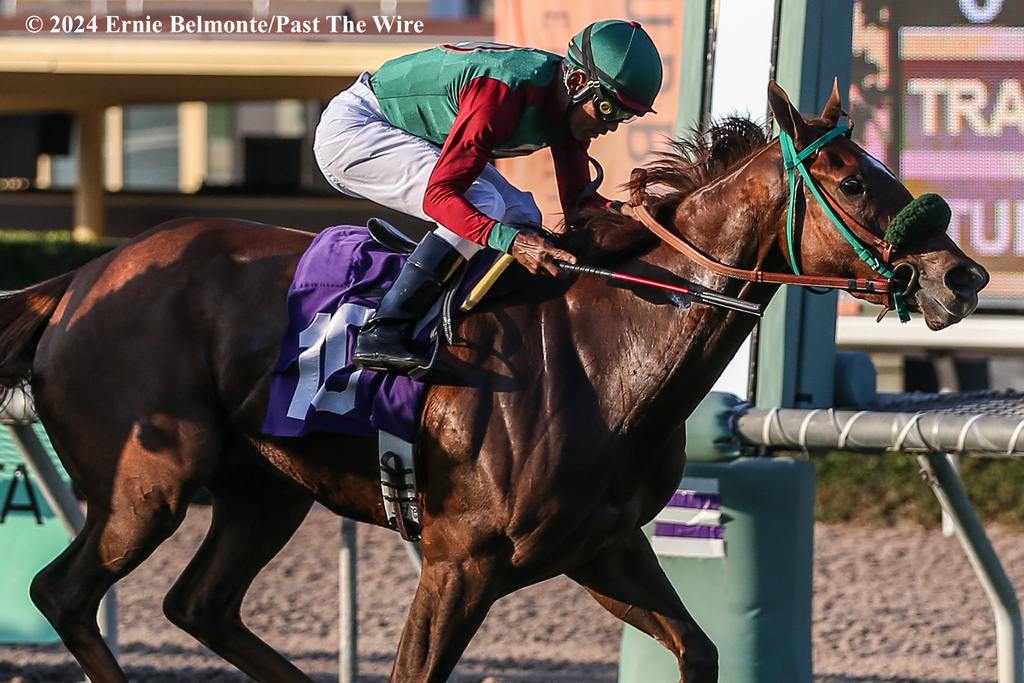
The Breeders’ Cup is one of the most anticipated events in the horse racing calendar. Whether you’re a seasoned bettor or a curious newcomer, understanding how to evaluate the competing horses is crucial. As you prepare your predictions, it’s essential to blend intuition with data-driven insights. This guide unpacks five key factors that can steer you toward more informed decisions.
Understanding Past Performance
Evaluating a horse’s past performance is similar to reading its biography. These records tell us where the horse has been and hint at where it might go. Look at the number of wins, places, and shows:
- Wins: How often does the horse finish first?
- Consistency: Even if it doesn’t always win, does it frequently place near the top?
Consider the distance and surface of past races. A horse that’s excelled at similar distances or on specific surfaces will potentially repeat its success at the Breeders’ Cup. Understanding these patterns can provide an edge when you check the 2024 Breeders’ Cup odds.
Don’t overlook the context of each race. Was the horse competing against tougher opponents in a high-stakes event, or cruising in a lower-tier race? Analyzing these nuances can help you gauge its true potential.
The Jockey and Trainer Duo
The synergy between a jockey and a trainer often spells victory. A skilled jockey isn’t just about riding fast — it’s about strategy, precision, and understanding the horse’s temperament.
- Jockey’s Track Record: Has this jockey performed well in similar situations? Past successes in high-pressure environments like the Breeders’ Cup can be a good indicator.
- Trainer’s Influence: Trainers with a reputation for meticulous preparation can significantly boost a horse’s chances. A trainer who knows how to bring out the best in a horse is invaluable.
An excellent jockey matched with an experienced trainer heightens a horse’s prospects. Investigating this partnership can provide insights that go beyond mere statistics and build confidence in your predictions.
Navigating Track Conditions
Track conditions can be as unpredictable as the weather. A horse might thrive on a fast track, while another excels in muddy conditions. Here’s what to watch:
- Historical Performance: How has the horse performed under varied track conditions in the past? This can indicate how adaptable and resilient it is.
- Predicted Conditions: Knowing the likely track conditions for race day helps in projecting which horse might have an advantage. A horse accustomed to similar conditions is likely to perform better.
Analyzing these factors can prevent any unexpected surprises. Horses are as unique in their preferences as humans are, and aligning their past successful conditions with current predictions can ensure you forecast more reliably.
Understanding the Impact of Post Positions
The starting gate position, or post position, is a critical yet sometimes overlooked factor that can influence the outcome of a race. In the high-stakes environment of the Breeders’ Cup, even a seemingly minor advantage or disadvantage can sway the results.
Strategic Advantages
Certain post positions may offer strategic benefits depending on the track layout and race distance. For instance, horses starting from inside positions might have a shorter path around the track, which can be advantageous in shorter races. Conversely, in longer races or those with large fields, an outside post position might help a horse avoid early traffic congestion.
Historical Data Analysis
Examine historical performance data related to post positions in previous Breeders’ Cup races. Identifying trends where certain positions have consistently yielded better results can provide an edge in your predictions. However, remember that these trends can be influenced by various factors, including the quality of horses and jockeys assigned to those positions.
Horse and Jockey Adaptability
Not all horses perform equally in every post position. Some may prefer inside rails due to their running style, while others might excel when starting from the outside. Similarly, experienced jockeys can mitigate unfavorable positions through strategic maneuvering. Assess how both the horse and jockey have handled different post positions in past races to gauge potential performance.
Race Dynamics
The interaction between horses based on their starting positions can affect the race’s early pace. A fast-starting horse next to slower starters might secure an early lead, impacting the strategies of other competitors. Understanding these dynamics can help you anticipate how the race might unfold right from the start.
By incorporating post-position analysis into your evaluation process, you add another layer of depth to your Breeders’ Cup predictions. This attention to detail can enhance your ability to forecast outcomes more accurately, complementing the other key factors you’ve considered.
Breeding and Pedigree Potential
A horse’s breeding and pedigree is its genetic roadmap. It suggests not only physical capabilities but also mental resilience and adaptability.
- Lineage: Strong bloodlines often convey strengths in speed or stamina. Horses from lineages known for excelling in the Breeders’ Cup likely have the potential to do well again.
- Specific Traits: Pedigree can highlight tendencies like sprinting prowess or endurance over longer races, helping you gauge how a horse might perform under specific conditions.
Researching a horse’s pedigree allows you to tap into generations of racing heritage, enabling you to make predictions grounded in historical success.
Recent Form and Fitness
While historical records are important, a horse’s recent form reveals its current state. A horse that’s been actively racing and showing improvement is often in a better position than one resting on past laurels.
- Activity Levels: Recent races help indicate whether a horse is in peak form. Look for signs of progressive improvement rather than declines in performance.
- Recovery: The way a horse recovers from recent races can indicate its stamina and fitness. A well-recovered, fit horse often equals better performance on race day.
The recent form offers a snapshot of a horse’s current physical and mental health, providing a dynamic view that balances past performance with the present condition.
Conclusion
Predicting outcomes in the Breeders’ Cup combines art and science. By considering past performance, jockey and trainer influences, track conditions, breeding, and recent form, you can sharpen your analysis and make more informed decisions. While there’s never a guarantee in racing, grounding your expectations in these factors ensures your predictions are as solid and reliable as possible. As you engage with the thrills of the race, remember that informed predictions not only enhance the experience but also bring you closer to the exhilarating world of horse racing.



